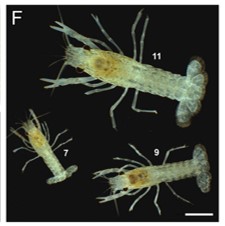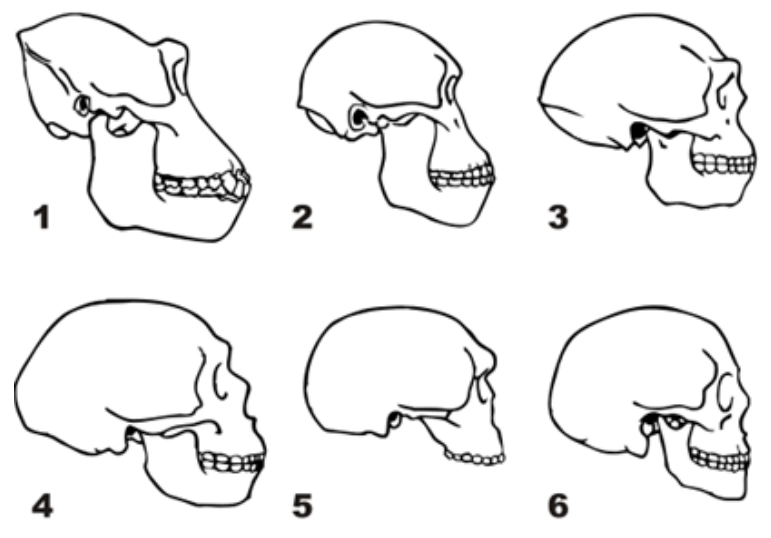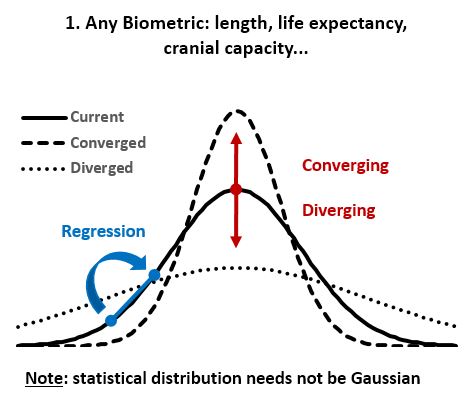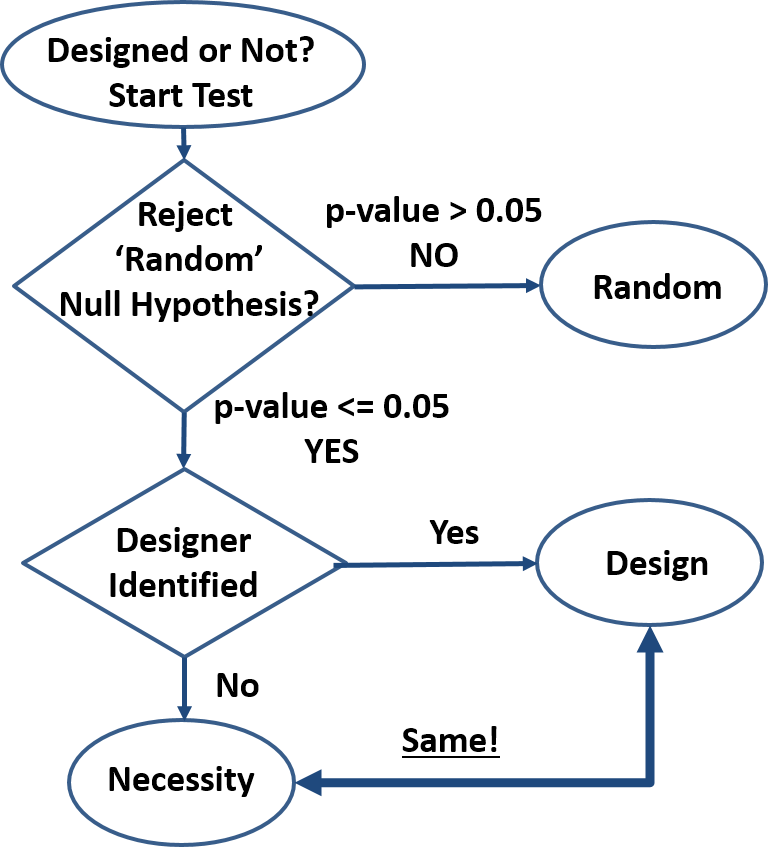Annotated […] excerpts :
We now know that Darwin’s ‘gradualist’ view of evolution, exclusively driven by natural selection, is no longer compatible with contemporary science.
Species do not emerge from an accumulation of random genetic changes. This has been confirmed by 21st-century genome sequencing, but the idea that natural selection inadequately explains evolutionary change goes back 151 years – to Darwin himself. Continue reading





